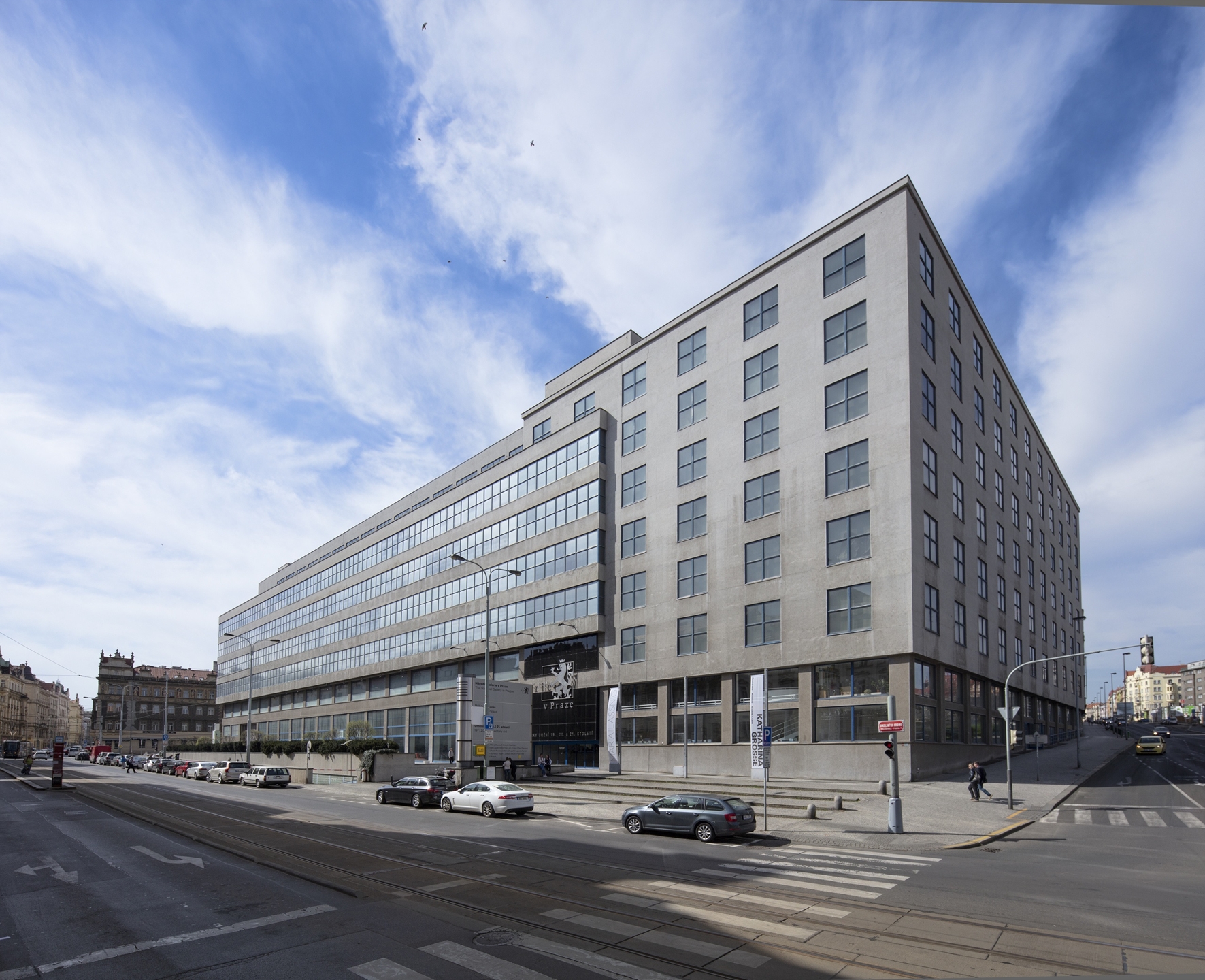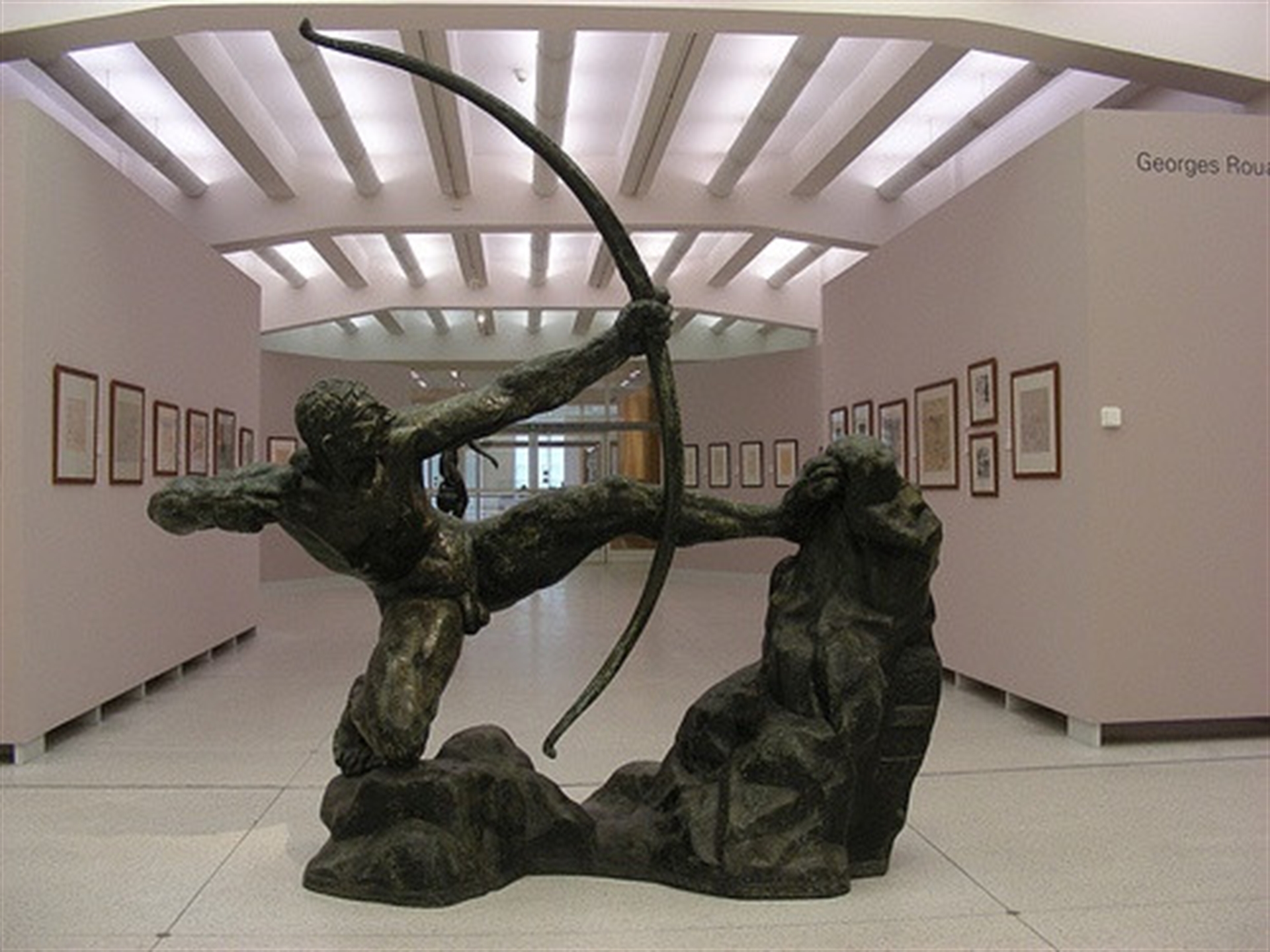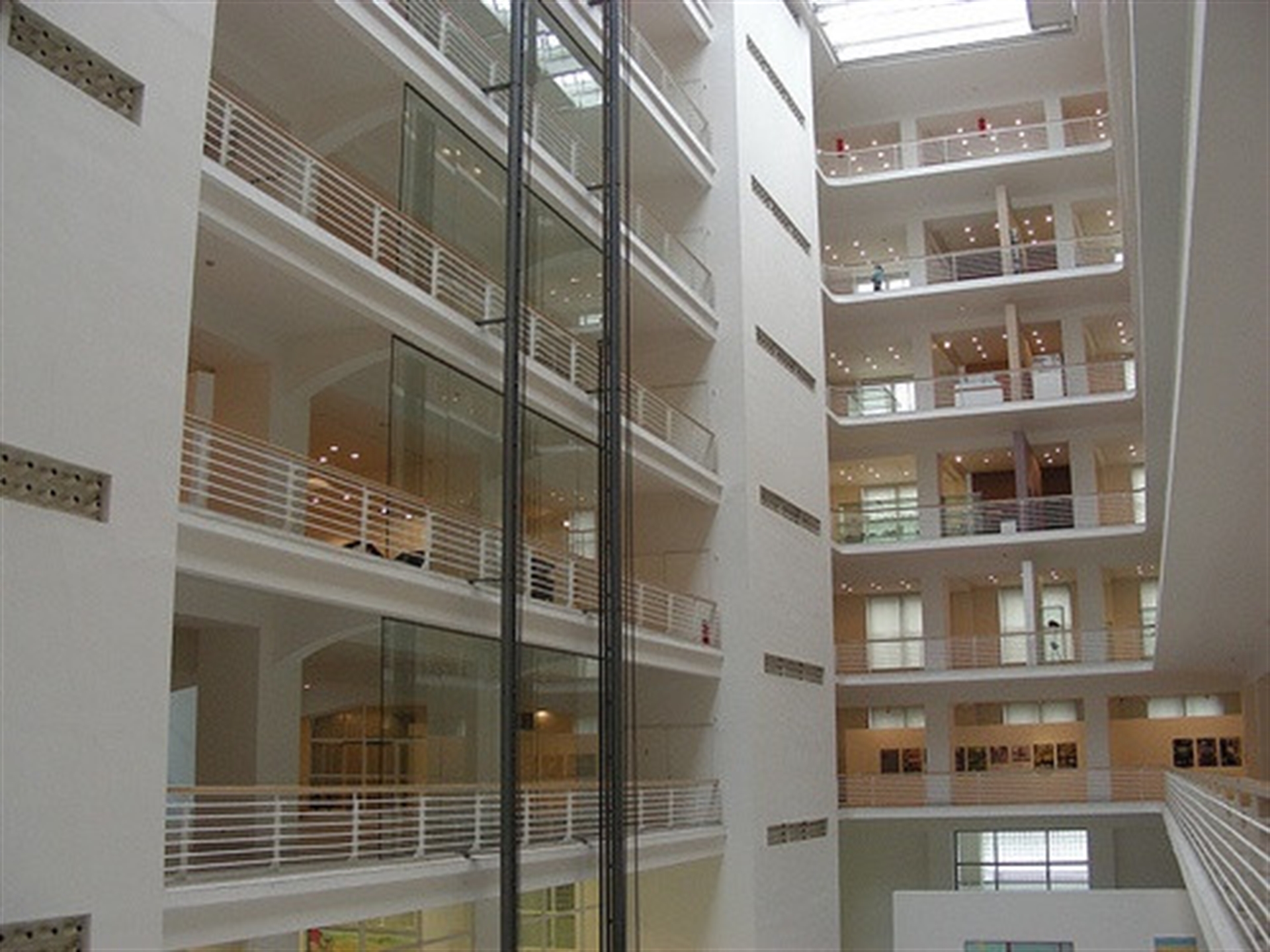Veletrzni Palace - National Gallery
Prague has first-rate museums dedicated to Medieval and Classical art, but what about the more controversial Modern art? No need to worry; the city of Prague has various Modern art and Postmodern installations, private gallery openings and fine museums to feed your need of the Modern. Just take a look around as you stroll through this lovely city, even certain areas covered in colorful graffiti scream Modern art. The Veletrzni Palace, part of the National Gallery of Prague, was once destined to outdo the Pompidou Center in Paris in sheer size and cultural power; this is a good example that Prague was and is ready to accept the Modern, even embrace it. Historically, Prague has had a strong background in Modernism, displayed by the avant-garde movement of The Eight (Osma), Emil Filla, Bedrich Feigl, Max Horb, Bohumil Kubista, Otakar Kubin, Emil Pittermann Longen, Willy Nowak and Antonin Prochazka, as well as the Functionalist movement Devetsil, led by the prolific Karel Teige. This movement brought close ties with Western Europe, as Karel Teige endlessly invited famous artists to lecture and perform in Prague, figures such as Man Ray, Le Corbusier, Vladimir Mayakovsky, Paul Klee, Walter Gropius, and Andre Breton.
In Prague 7 sits a huge functionalist gem of a building, the Veletrzni Palace; constructed from the design of Oldrich Tyl and Josef Fuchs in the years 1925-1929, this massive building was used for trade fairs until 1951 after which it was home to several international companies. A heartbreaking fire destroyed it in 1974. A meticulous restoration happened in 1995 and ever since it has been the seat of National Gallery for the center of Modern and Contemporary art. Four vast floors, resembling a huge cruise ship, house a wonderfully impressive collection of 19th to 21st century European and Czech art. The span of one day can easily be spent wandering around this museum but if you are short of time, head preferably to the 3rd floor where you will find 19th to 20th century French art (some Rodin, Gauguin, and Van Gogh) and Czech art from 1900 to 1930 (most notably Frantisek Kupka). The 4th floor showcases the works of various intriguing Czech artists such as Josef Myslbek, Josef Manes, and Julius Marak, including Art Nouveau sculptures, beaming portraits and lush landscapes, while the 1st floor displays Warhol, Lichtenstein, and Picasso. Often, on the ground floor, the works of up-and-coming artists are featured in small exhibitions. This museum is not to be missed as it houses a rich array of masterpieces. The Art and Design bookshop is worth exploring as well.
Dukelských hrdinů 47, Praha 7, +420 224 301 111, www.ngprague.cz








